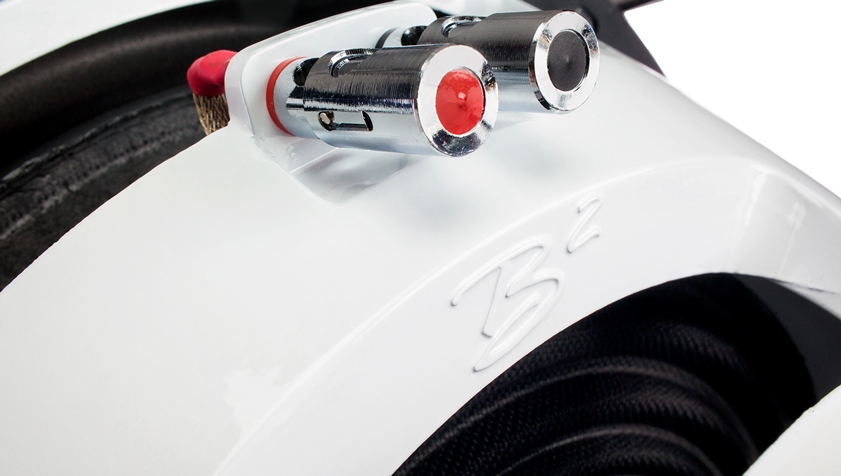I have very limited space in my vehicle (can't use under seats or console storage for example) so I am looking at making my own sub box that is custom designed for available space that is out of the way. I have a soft-top so I am not looking for high-end or even mid-range performance, just an improvement over the stock setup. The factory subwoofer that was available on some models was 50W.
I am looking at the Kicker 48CWRT674. According to Kicker this requires a minimum of a 5.1L non-vented box. After doing some calculations that means the interior of the box could be somewhere in this range of cylinders:
A. long, thin: dia 17.3cm, len 26.5cm = 5.11L
B. short, wide: dia 30.0cm, len 9cm = 5.24L
Some basic questions:
1. The B option leaves 20mm behind the rear of the driver. Is that going to be adequate? If not is there a rule-of-thumb for the minimum? It seems from the Kicker manual their suggested box depth (from front face to inside rear face) is 3.75" = 9.5cm, so it looks like I am pretty close to OK here.
2. Is there any reason why the box can't be strange/novel shapes such as an 'L' or 'S' shape (e.g. to wrap around items in the vehicle)?
3. What happens to sound quality if I go below the 5.1L minimum? For example is 4.1L a big no-no?
Thanks! Andy
I am looking at the Kicker 48CWRT674. According to Kicker this requires a minimum of a 5.1L non-vented box. After doing some calculations that means the interior of the box could be somewhere in this range of cylinders:
A. long, thin: dia 17.3cm, len 26.5cm = 5.11L
B. short, wide: dia 30.0cm, len 9cm = 5.24L
Some basic questions:
1. The B option leaves 20mm behind the rear of the driver. Is that going to be adequate? If not is there a rule-of-thumb for the minimum? It seems from the Kicker manual their suggested box depth (from front face to inside rear face) is 3.75" = 9.5cm, so it looks like I am pretty close to OK here.
2. Is there any reason why the box can't be strange/novel shapes such as an 'L' or 'S' shape (e.g. to wrap around items in the vehicle)?
3. What happens to sound quality if I go below the 5.1L minimum? For example is 4.1L a big no-no?
Thanks! Andy






